专注于SF6气体检测的专业化

Why use local bandaging to detect SF6 gas leakage?
SF6 is a strongly electronegative gas, and its molecules are easy to adsorb free electrons and form heavy negative ions, weakening the collision ionization process in the gas, so its electrical insulation strength is very high, about 2.5 times the strength of air insulation in a uniform electric field. SF6 gas has a thermal decomposition peak at t≈2000K, so when the AC arc current crosses zero, SF6 has a much stronger cooling effect on the arc than air, and its arc extinguishing ability is about 100 times that of air. Because SF6 gas has excellent arc extinguishing and insulation properties and good chemical stability, it has been used as an arc extinguishing medium for high voltage circuit breakers since the late 1950s. In ultra-high voltage and UHV circuit breakers, SF6, as an arc extinguishing medium, has replaced oil and has largely replaced compressed air.
Since the mid-1960s, SF6 has been widely used as an insulating medium for high-voltage electrical equipment. SF6 gas-insulated switchgear covers a much smaller area than conventional open-type high-voltage distribution devices, and its operation is not affected by external meteorological and environmental conditions, so it is not only widely used in ultra-high voltage and UHV power systems, but also has begun to be used in distribution networks (SF6 gas-insulated switchgear and ring network power supply units). SF6 gas insulated pipeline transmission line has the advantages of low medium loss, large transmission capacity, and can be used in high drop occasions, so it is often used in hydropower station outlet, replacing conventional oil-filled cables. SF6 gas insulated transformer has the advantages of fire and explosion protection, this distribution transformer is especially suitable for densely populated areas and high-rise building power supply. SF6 gas insulated ultra-high voltage transformer has been successfully developed, and all gas insulated substation will be a direction of the development of power transformation technology.
The greenhouse effect of sulfur hexafluoride is the main point of the harm of sulfur hexafluoride, in addition, SF6 decomposition is also one of the causes of sulfur hexafluoride harm. Although the chemical properties of pure SF6 gas are stable, safe and non-toxic, under the action of high temperature and high pressure arc, if there is still excessive water, it is possible to break down hydrofluoric acid (HF) and toxic SOF2, SO2F2, SF4 and SOF4 and other low-cost sulfur fluoride, under the action of high temperature arc, It will also decompose sulfur dioxide (SO2) and hydrofluoric acid (HF), which produce one of the greenhouse gases. These toxic gases will not only corrode the equipment itself, but also cause serious harm to the human body once it leaks! The toxic breakdown of SF6 is also a hazard of sulfur hexafluoride.
The sealing test is to determine whether the annual leakage rate of the gas chamber is qualified by detecting the leakage amount of SF6 gas. The control standard is that the annual leakage rate of each independent gas chamber is not more than 0.5%; Two test methods and control standards are proposed in the provisions of the "Electrical Equipment handover test Standard", and the annual air leakage rate of SF6 combined electrical equipment is not more than 1.0% and is controlled at 0.5%.
1. When the leak detector with sensitivity not less than l×10-6 (volume ratio) is used to detect the sealed part of the gas chamber and the pipe joint, the SF6 leak detector is considered qualified without alarm.
2, the local dressing method is used, and the SF6 content in each dressing chamber is not more than 30PPM (volume ratio) after 24h.
At present, the second test method is more accurate, and its implementation procedure is: vacuum test →SF6 gas → leak test. The specific process is as follows: after the GIS is vacuum detected and the SF6 gas is stationary for 5h, the flange interface is wrapped with a plastic film, and the test is carried out after 24h. If the concentration of SF6 gas in a film is greater than 30PPM, the gas leakage rate of the air chamber is unqualified. If the concentration of SF6 gas in all wrapped films is less than 30PPM, the gas leakage rate of the chamber is considered acceptable.
SF6 switch room leakage hazards: the installation of SF6 high-pressure equipment indoor space is generally more closed, once the SF6 gas leakage, due to the extremely slow air flow, toxic decomposition in the room deposition, not easy to discharge, thus into the SF6 switch room staff have a great danger, and because the proportion of SF6 gas is larger than oxygen. When SF6 gas leakage occurs, SF6 gas will accumulate in the lower level space, causing local hypoxia. Suffocate. On the other hand, because SF6 gas itself is colorless and odorless, it is not easy to be detected after leakage, which increases the potential danger to the workers who enter the leak site, and seriously threatens the safety and health of personnel. Even cause a vicious accident.

 EN
EN






 上一条:
上一条: 
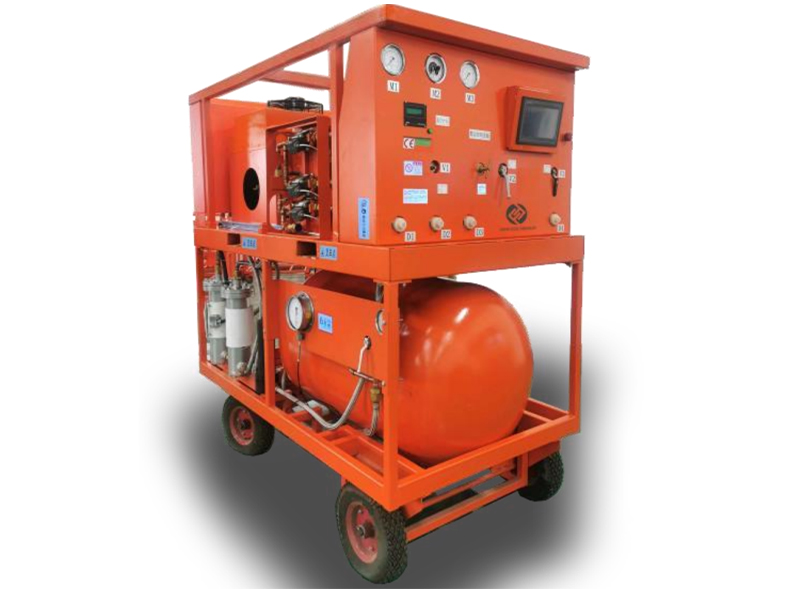
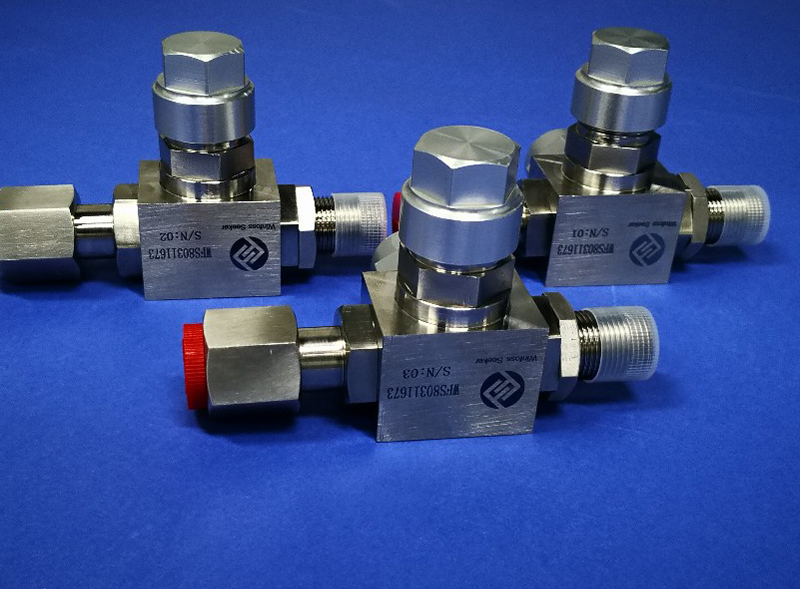
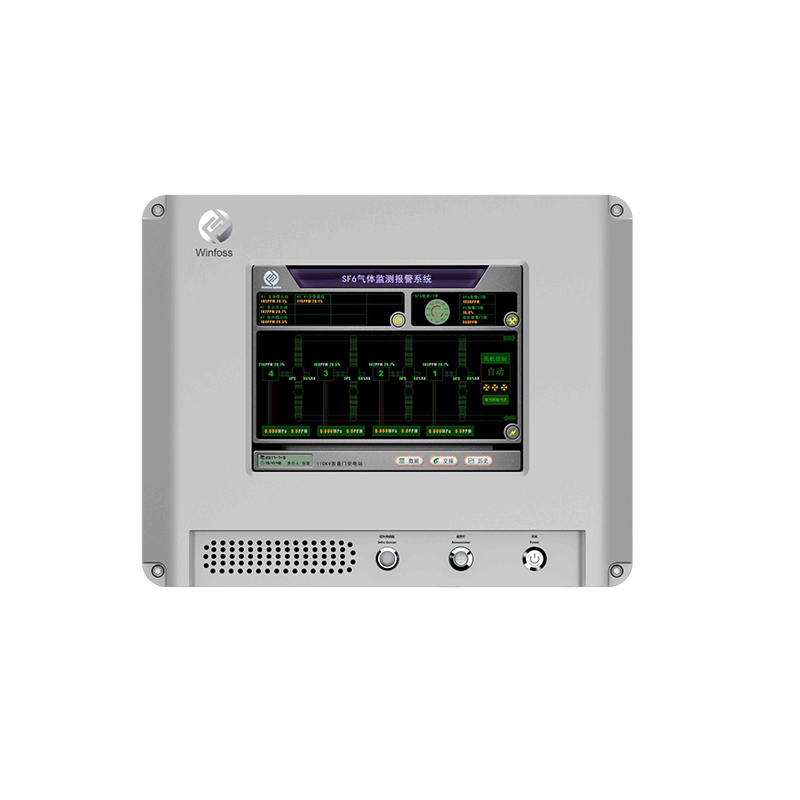
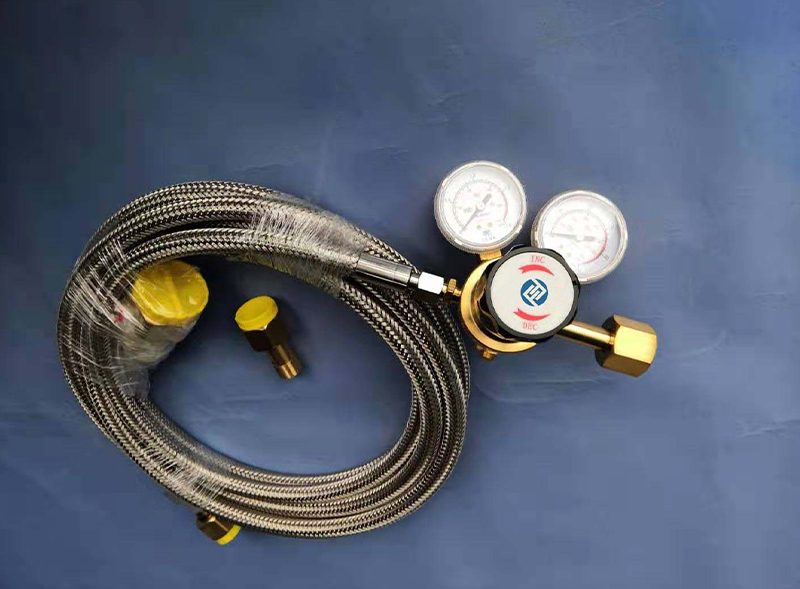
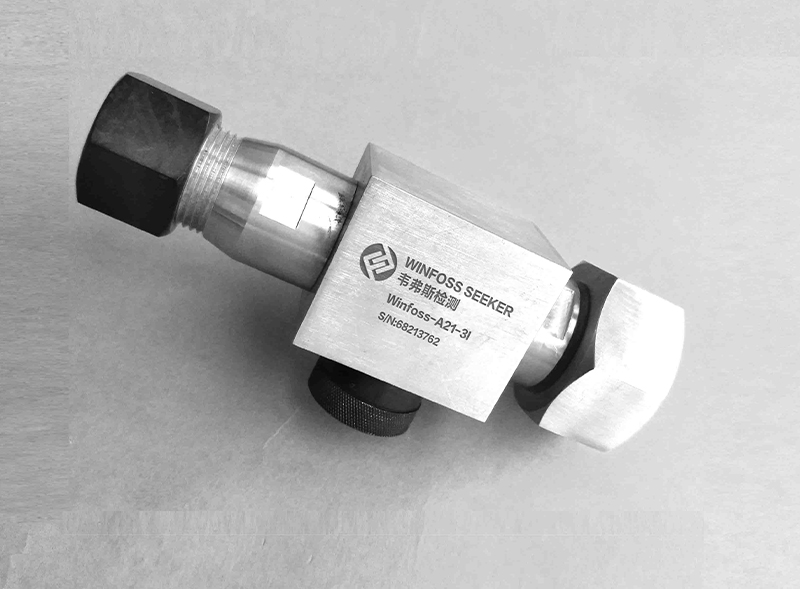
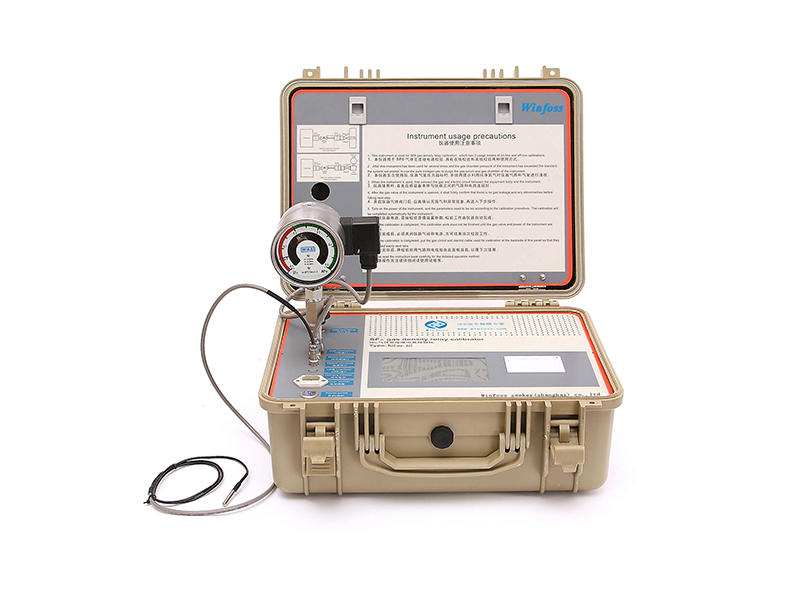
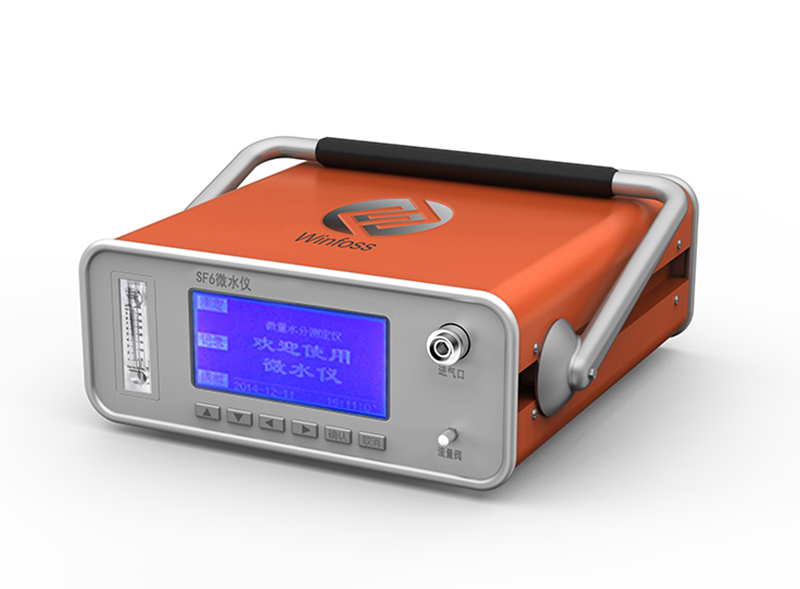
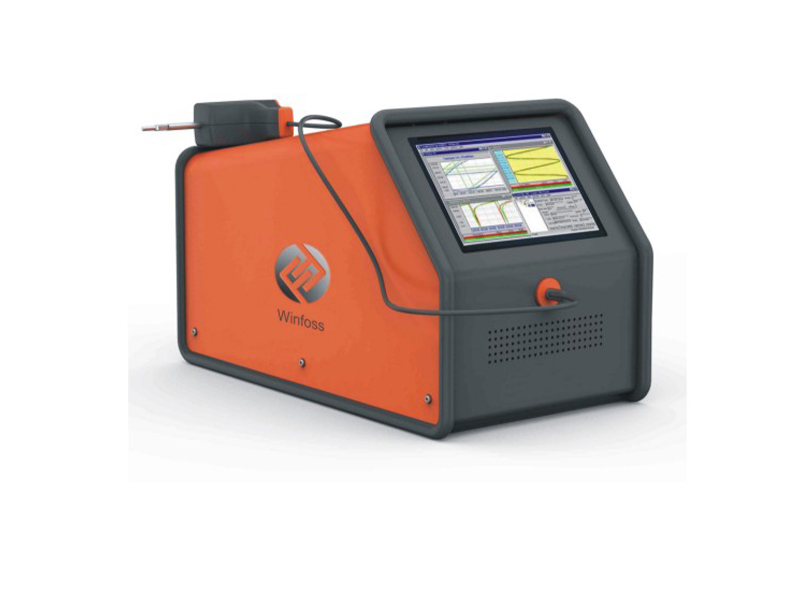

 沪公网安备31011802003762
沪公网安备31011802003762
